Don’t Throw Those Melon Seeds Away!
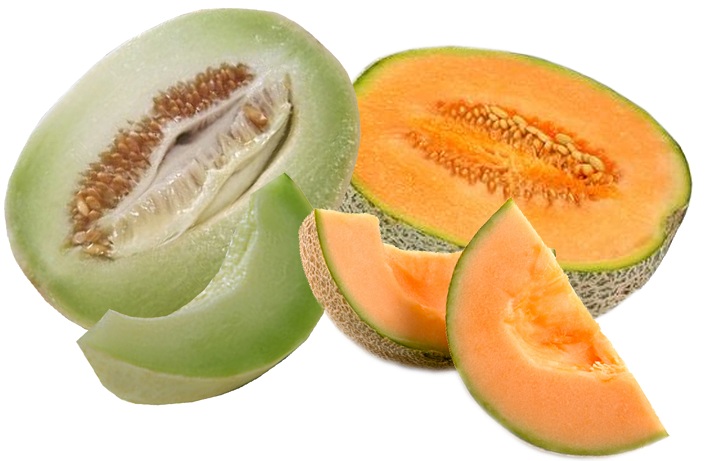
They’re loaded with amazing nutritional benefits. If you have a high-speed blender, you should be tossing your melon seeds into your fruit smoothies or roasting them for one of the best snacks around. People in China and the Middle East have known about their nutritional impact for centuries so they figured out how to roast them and have been snacking on them ever since. Just look at how healthy melon seeds are:
Cantaloupe and honeydew melon seeds have a similar nutritional profile. They are rich in vitamins A, B6, B12, D, E, K, niacin (B3), riboflavin (B2), thiamine (B1), pantothenic acid (B5) as well as choline. They are also high in the minerals calcium, potassium, iron, magnesium, manganese, phosphorus, selenium and zinc.
And that’s not all: only 100 grams of cantaloupe seeds contains a whopping 21 grams of protein. That’s almost identical to the same portion of fish, which has about 22 grams of protein. By comparison, a 4 ounce ground beef patty has 28 grams of protein. However, most folks don’t connect cantaloupe seeds to protein.
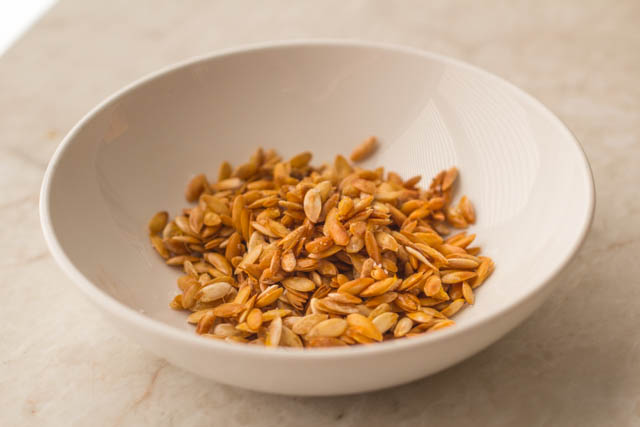
With their healthy reputation now established, let’s look at how to make cantaloupe or honeydew melon seed juice. This information is from Michelle Schoffro Cook (MSc, RNCP, ROHP, DNM, PhD), an international best-selling author and board-certified doctor of natural medicine. She shared this how-to on one of my favorite sites, Care2 (www.care2.com):
Cut your melon in half.
Scoop out the seeds and flesh and place this in your blender.
Add water (4 cups with the seeds of two medium-sized melons works well).
Blend on high until the seeds are well ground. If using a high-speed blender, you can now simply add any other fruits and a few ice cubes and you’re good to go. Enjoy this healthy drink!
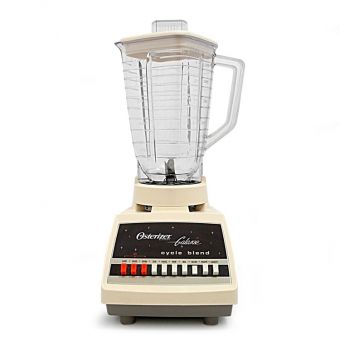
But if yours isn’t a high-speed blender,
then simply pour your ground seed water into a nut milk straining bag (available from most health food stores) or a cheese-cloth lined strainer over a pitcher to collect the juice.
As this juice is draining, blend up another fruit or two.
Pour this blended fruit and the drained seed juice over ice and enjoy.
Or use it as a liquid base for your favorite smoothies. The seed juice works especially well with fresh or frozen strawberries.
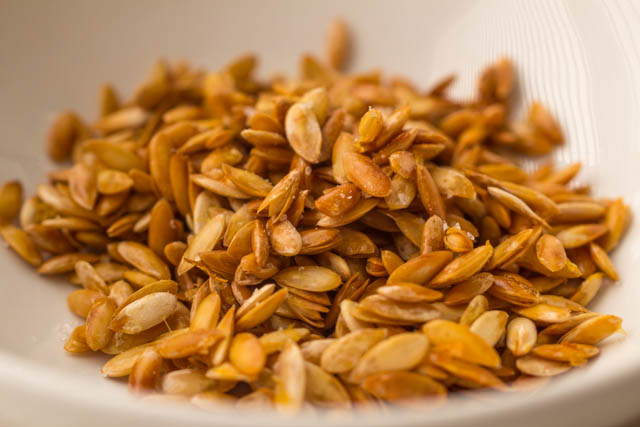
But as mentioned, melon seeds are also delicious when roasted, just like those pumpkin seeds you roast every fall. Here are the steps:
Cut a melon in half.
Scoop out the seeds and flesh.
Pull the seeds from the flesh. Don’t worry about perfection here as rinsing and baking will remove some of the flesh as well.
Rinse in a strainer under cold water.
In a small bowl, combine the seeds with a splash of olive oil and a dash of sea salt. You can use other seasonings if you’d like.
Spread the seeds on a parchment-lined baking sheet, cover with foil and bake in a 400ºF oven for approximately 10 minutes or until seeds are golden brown.
Check periodically to prevent them from burning.
They are chewier than roasted pumpkin seeds but are still delicious. But if a chewy seed doesn’t appeal to you, then wait until the seeds cool and then grind them in a coffee grinder. Serve on top of soups, sandwiches, stews, or curries. Or use as a topping on macaroni and cheese or your favorite casserole in place of bread crumbs.
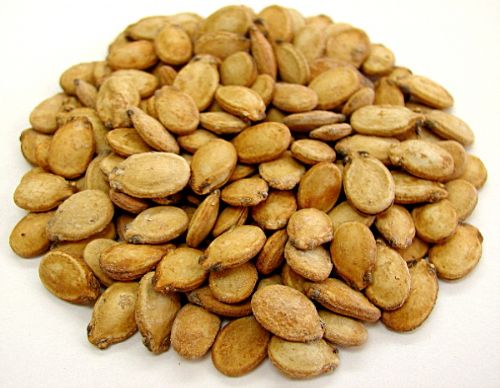
Cantaloupe and honey dew aren’t the only melon seeds you can roast. Watermelon seeds are delicious this way as well. Roasted watermelon seeds are found in Middle Eastern diets. Watermelon seeds are also loaded with nutrition. They’re high in B-complex vitamins, vitamin A, vitamin C, iron, magnesium, potassium and zinc.
Here’s how to roast watermelon seeds (black seeds only):
Rinse them well.
Spread out on a parchment-lined baking sheet.
Sprinkle with sea salt.
Allow to dry prior to baking for best results.
Bake in a 325ºF oven for 15 to 20 minutes.
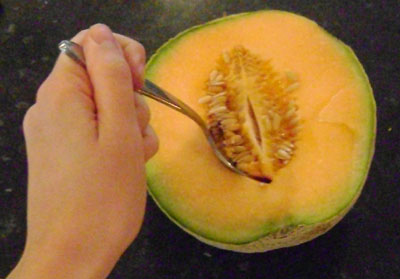
So now we know. There’s no need to throw away those melon seeds when you can turn them into delicious snacks, juice, and a health-packed smoothie base!
- www.sigonas.wordpress.com
- www.thewateringmouth.com
- www.gcastd.org
- www.tajagroproducts.com
- www.melaniecooks.com
 Alice Osborne
Alice Osborne
Weekly Newsletter Contributor since 2006
Email the author! alice@dvo.com
